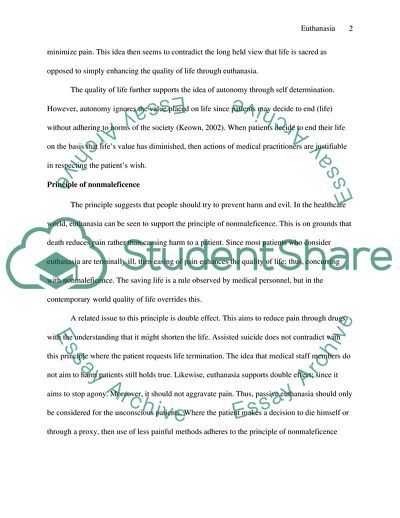Cite this document
(Ethical Health Care Issues Paper Term Example | Topics and Well Written Essays - 1000 words, n.d.)
Ethical Health Care Issues Paper Term Example | Topics and Well Written Essays - 1000 words. https://studentshare.org/medical-science/1775852-euthanasia-and-ethics-in-healthcare
Ethical Health Care Issues Paper Term Example | Topics and Well Written Essays - 1000 words. https://studentshare.org/medical-science/1775852-euthanasia-and-ethics-in-healthcare
(Ethical Health Care Issues Paper Term Example | Topics and Well Written Essays - 1000 Words)
Ethical Health Care Issues Paper Term Example | Topics and Well Written Essays - 1000 Words. https://studentshare.org/medical-science/1775852-euthanasia-and-ethics-in-healthcare.
Ethical Health Care Issues Paper Term Example | Topics and Well Written Essays - 1000 Words. https://studentshare.org/medical-science/1775852-euthanasia-and-ethics-in-healthcare.
“Ethical Health Care Issues Paper Term Example | Topics and Well Written Essays - 1000 Words”. https://studentshare.org/medical-science/1775852-euthanasia-and-ethics-in-healthcare.


